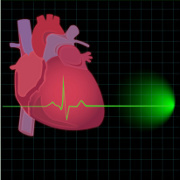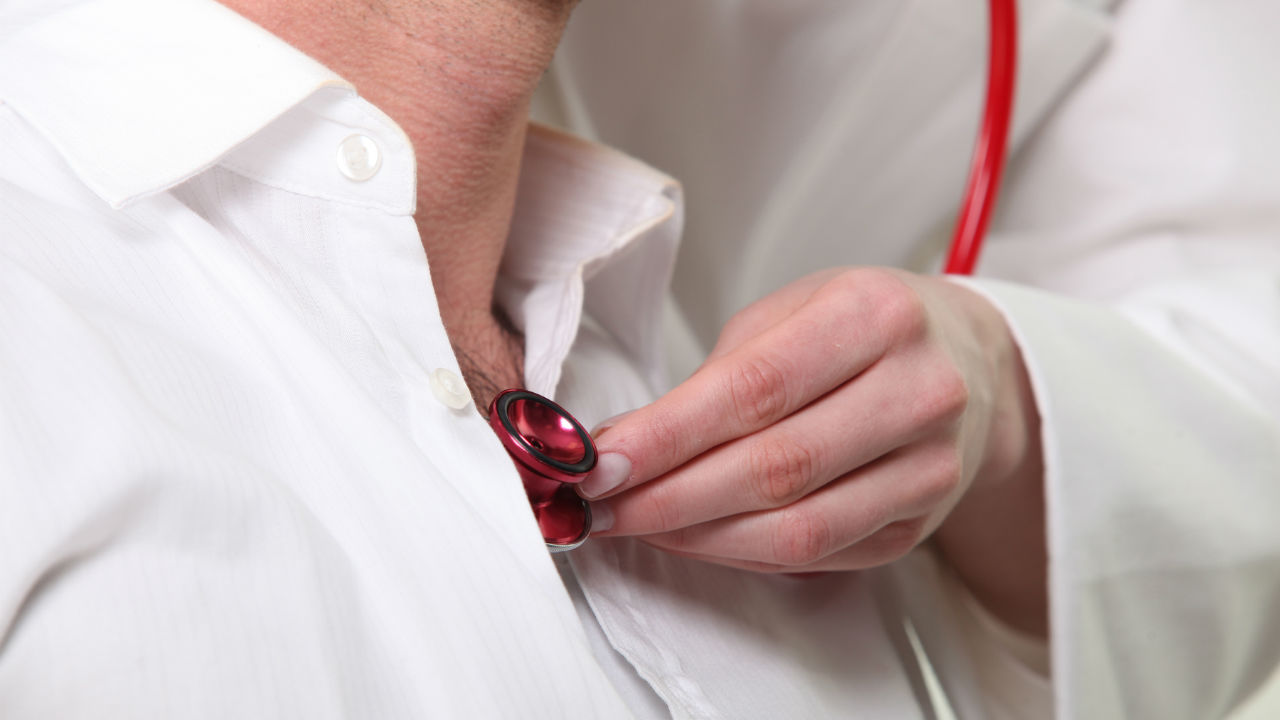 iStockphoto/Thinkstock
iStockphoto/Thinkstock
Every so often, research comes up with findings that make perfect sense and reinforce what we already know at the common-sense level. For example, every mother knows that a little rest and a nice long nap is a wonderful cure for a crying, overtired child.
Inadequate rest not only leaves you somewhat irritable and cranky, but packs a real punch to your immune system as well.
If you’re tired, the cure is obvious -- get some rest! Just ask Dr. Mom!
Researchers are learning more every day about the restorative and healing power of rest. In a new study conducted at the Imperial College London, researchers found that allowing the heart to rest was beneficial to those suffering from heart failure. Heart failure is a condition where the heart muscle simply isn’t able to do its job and supply the body with enough blood to meet the demand.
Heart failure takes different forms. Sometimes, the heart muscle is so weak that it can’t fill up with adequate supplies of blood. Some people with heart failure find that their heart is unable to pump hard enough to properly circulate blood. People with heart failure may have one or both heart failure conditions.
Heart failure is a serious health condition. Severe cases of heart failure can lead to death in less than a year. Approximately 750,000 persons in the United Kingdom suffer from heart failure. In the United States, the number is much higher with an estimated 5.8 persons diagnosed with heart failure.
Heart failure damages the heart muscle at the cellular level. It’s generally thought that the heart muscle damage caused by heart failure is permanent. However, Imperial College researchers found that heart failure damage can be reversed if the heart muscle is simply allowed to rest and heal.
As a part of the study, researchers took a heart that was failing from one rat and transplanted it into a healthy rat, giving the healthy rat two hearts -- its own healthy heart and the transplanted failing heart.
Because a healthy heart was present to do the work, the diseased heart was allowed to rest. Researchers found that the failing heart began to recover and the damage to the failing heart muscle was reversed.
Currently, one way that the heart is allowed some rest is through the use of a left ventricle assist device, or LVAD. LVADs are very small pumps which are implanted to help the heart pump blood to the rest of the body. Because the LVAD takes some of the strain off the heart, it helps the heart recover.
The Imperial College findings exciting possibilities for additional research and new treatment options in the future. If the molecular mechanisms can be identified for how the heart damage was reversed, it may be possible in the future to develop non-invasive treatments for heart failure in the future.
Sources:
Imperial College London (2012, April 1). Heart failure's effects in cells can be reversed with a rest. ScienceDaily. Retrieved April 8, 2012, from http://www.sciencedaily.com/releases/2012/04/120401195750.htm
What is Heart Failure. National Heart Lung and Blood Institute. 09 Jan 2012. http://www.nhlbi.nih.gov/health/health-topics/topics/hf
Reviewed April 10, 2012
by Michele Blacksberg
Edited by Jody Smith






Add a CommentComments
There are no comments yet. Be the first one and get the conversation started!